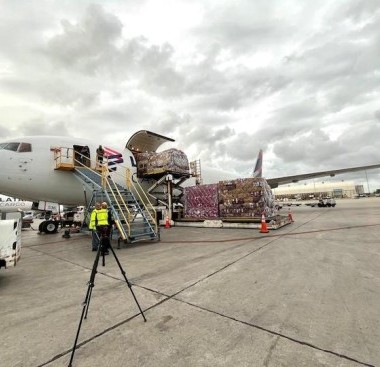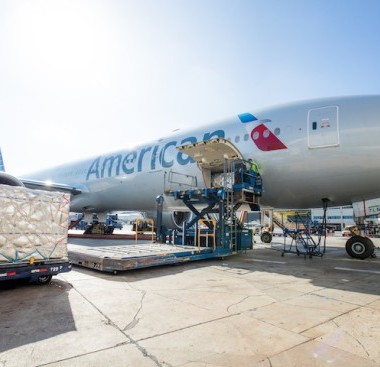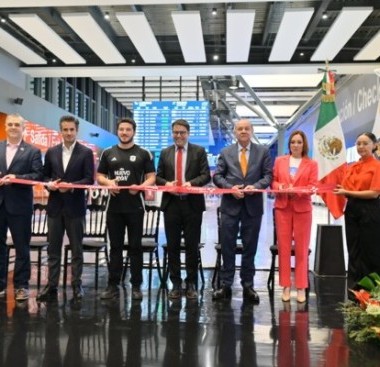Stockholm Norvik Port: Logistics node for captured carbon in East Sweden
May 02, 2024By establishing a logistics node for captured carbon dioxide at Stockholm Norvik Port it is possible to create an efficient and sustainable transport chain for carbon dioxide from several potential emitters in East Sweden. This is revealed in the final report of the feasibility study of the NICE project – Norvik Infrastructure CCS East Sweden.
In the CCS (Carbon Capture and Storage) segment, where carbon dioxide is captured and stored, a new report has been produced within the framework of the NICE project – Norvik Infrastructure CCS East Sweden. The final report of the feasibility study shows that conditions are favourable from a logistical, technical and operational point of view to successfully establish a central logistics node for carbon dioxide in East Sweden at Stockholm Norvik Port. The port's infrastructure is efficient and there are good development opportunities in terms of infrastructure, quays and areas in and around the port. Regardless of which operation generates the emissions, the carbon dioxide can be transported to the new node for intermediate storage before being transported by large ships to its final destination.

‘It is extremely pleasing that Stockholm Norvik Port has the potential to be an important part of the solution to achieve national, regional and the City of Stockholm's own climate goals. We are now continuing to work on the goal of establishing a hub for an efficient logistics chain and enabling CCS on a large scale in East Mid-Sweden,’ says Jens Holm, Chairman of the Board of Ports of Stockholm.
Achieving key climate targets, such as Sweden's goal of net zero emissions by 2045, requires negative emissions. Negative emissions can be achieved by, for example, cogeneration plants burning biogenic feedstock capturing the carbon dioxide and storing it in the bedrock. The CCS sites that are leading the way and are considered to have the greatest near-term potential are located in the North Sea. Therefore, a functioning and efficient logistics chain is required to enable large scale CCS in East Mid-Sweden.
The NICE project is led by Ports of Stockholm and a feasibility study was conducted in collaboration with Stockholm Exergi, Mälarenergi, Söderenergi, Vattenfall, Heidelberg Materials, Nordkalk and Plagazi. The logistics infrastructure will not only be open to participants in the NICE project, but also to other third-party carbon emitters.
Further work will focus on the detailed design of the node in close dialogue with suppliers and project participants. The aim of further work is to facilitate investment decisions for all stakeholders in the value chain.
Ports of Stockholm works actively, long-term and strategically for sustainable port operations and shipping. Environmental work is an integral part of the day-to-day operations and follows the City of Stockholm's goal for a climate-positive Stockholm by 2030 and a fossil-free Stockholm by 2040.
Similar Stories
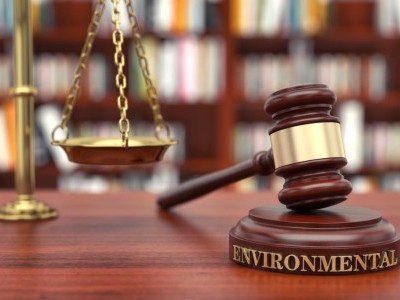
New regulation leaves DoC holder with fuel liabilities risk, says OceanScore
View ArticleEngine Technology Forum calls on House leaders to prioritize action on the Diesel Emissions Reduction Act
The Engine Technology Forum issued the following statement from Executive Director Allen Schaeffer following the U.S. Senate’s passage of S. 2195.
View Article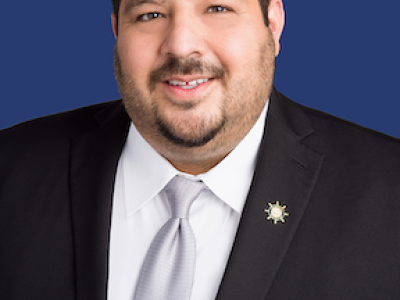
Guerra named BND Commission Chairman
View Article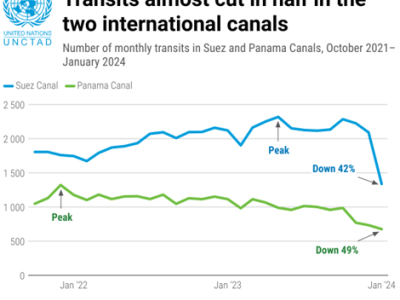
UNCTAD chief to visit Panama Canal ahead of first Global Supply Chain Forum
View Article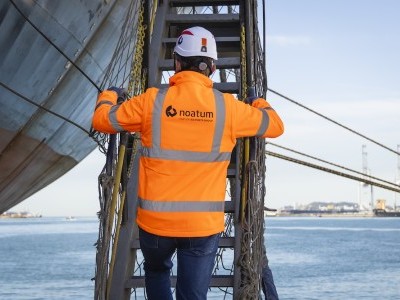
Noatum launches maritime services in Türkiye
View Article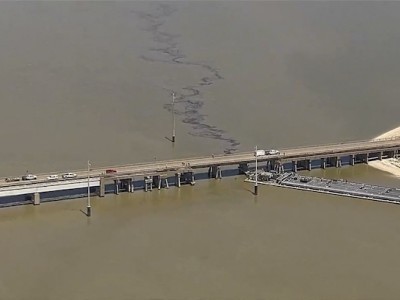
Barge strikes Texas bridge, spilling oil into Galveston Bay
View ArticleGet the most up-to-date trending news!
SubscribeIndustry updates and weekly newsletter direct to your inbox!


